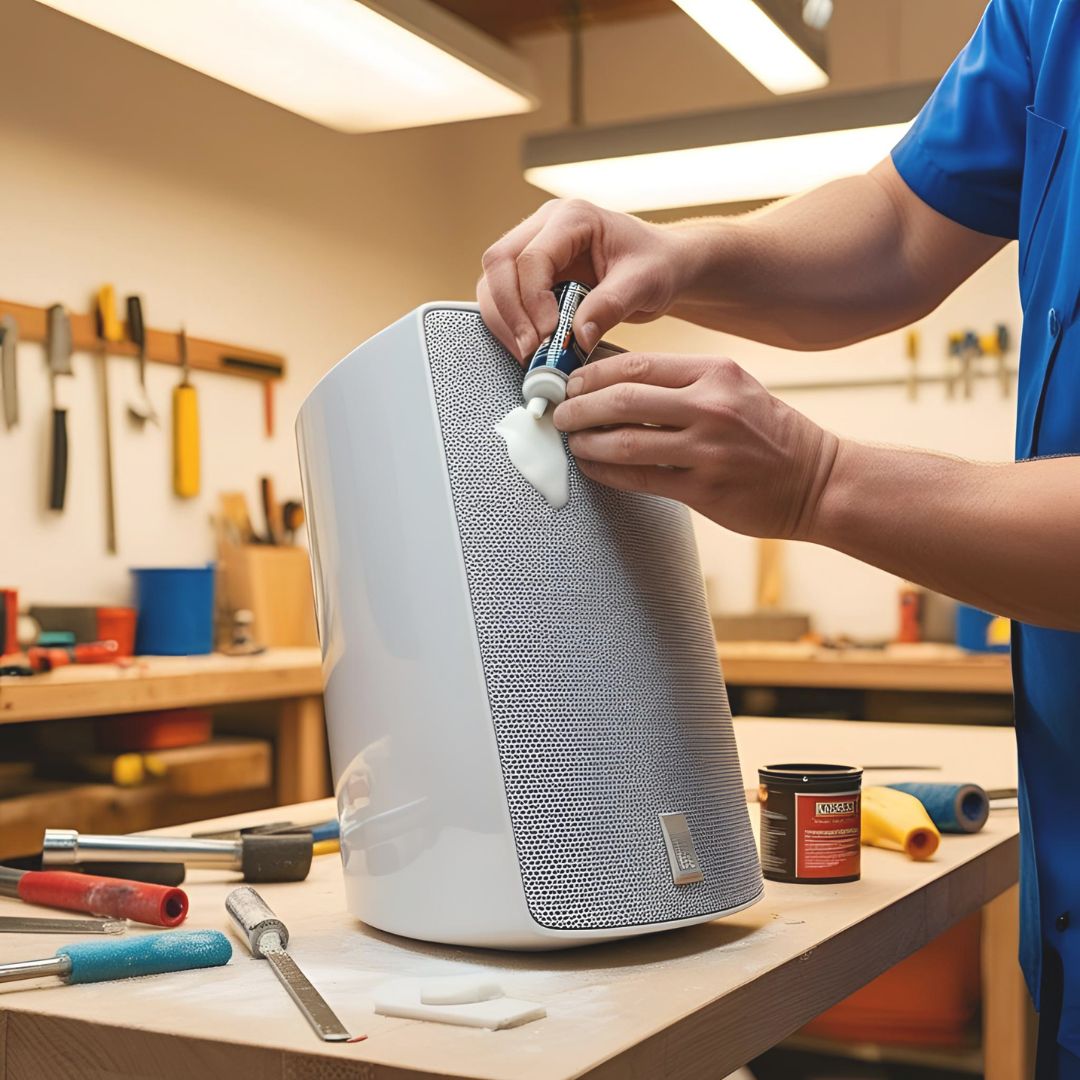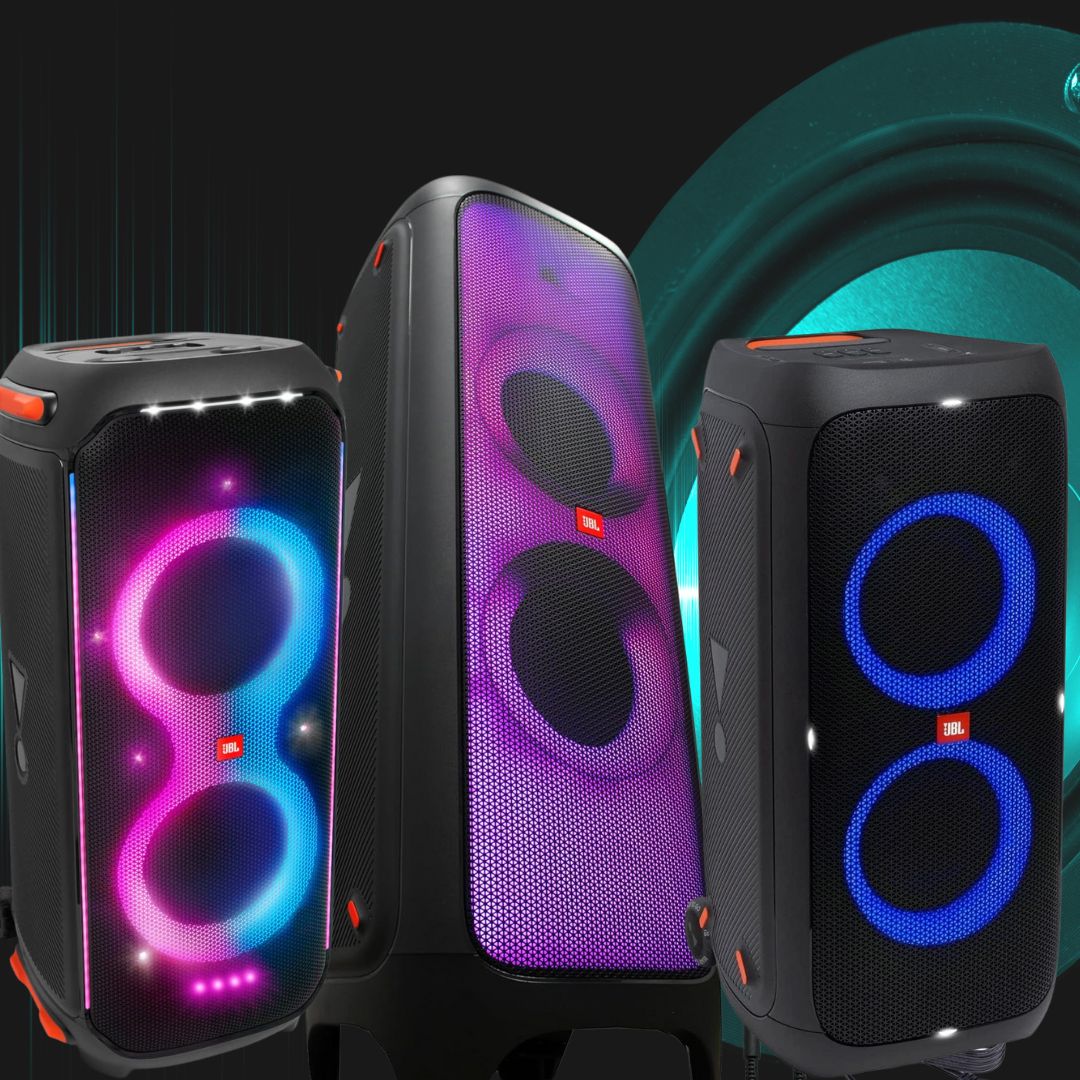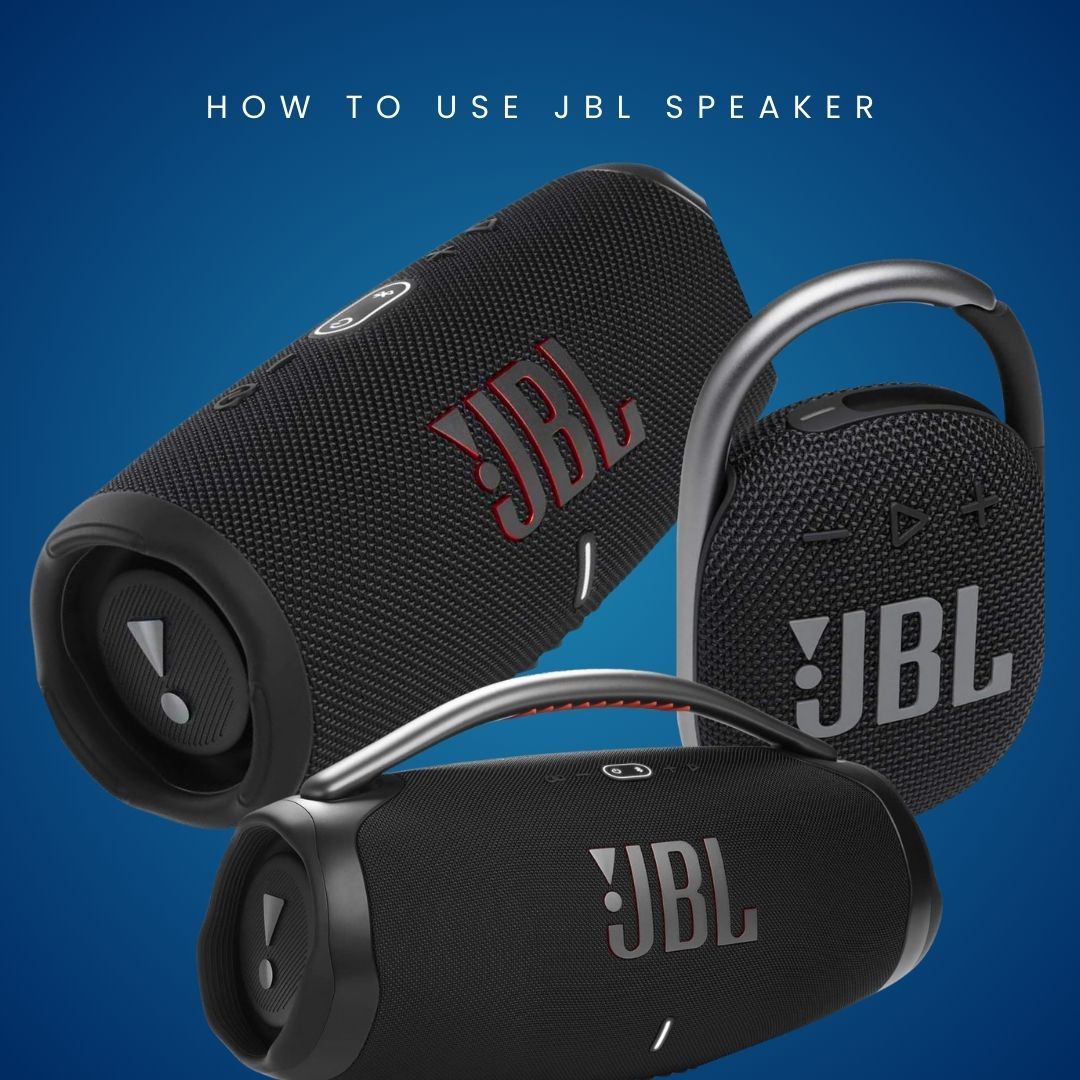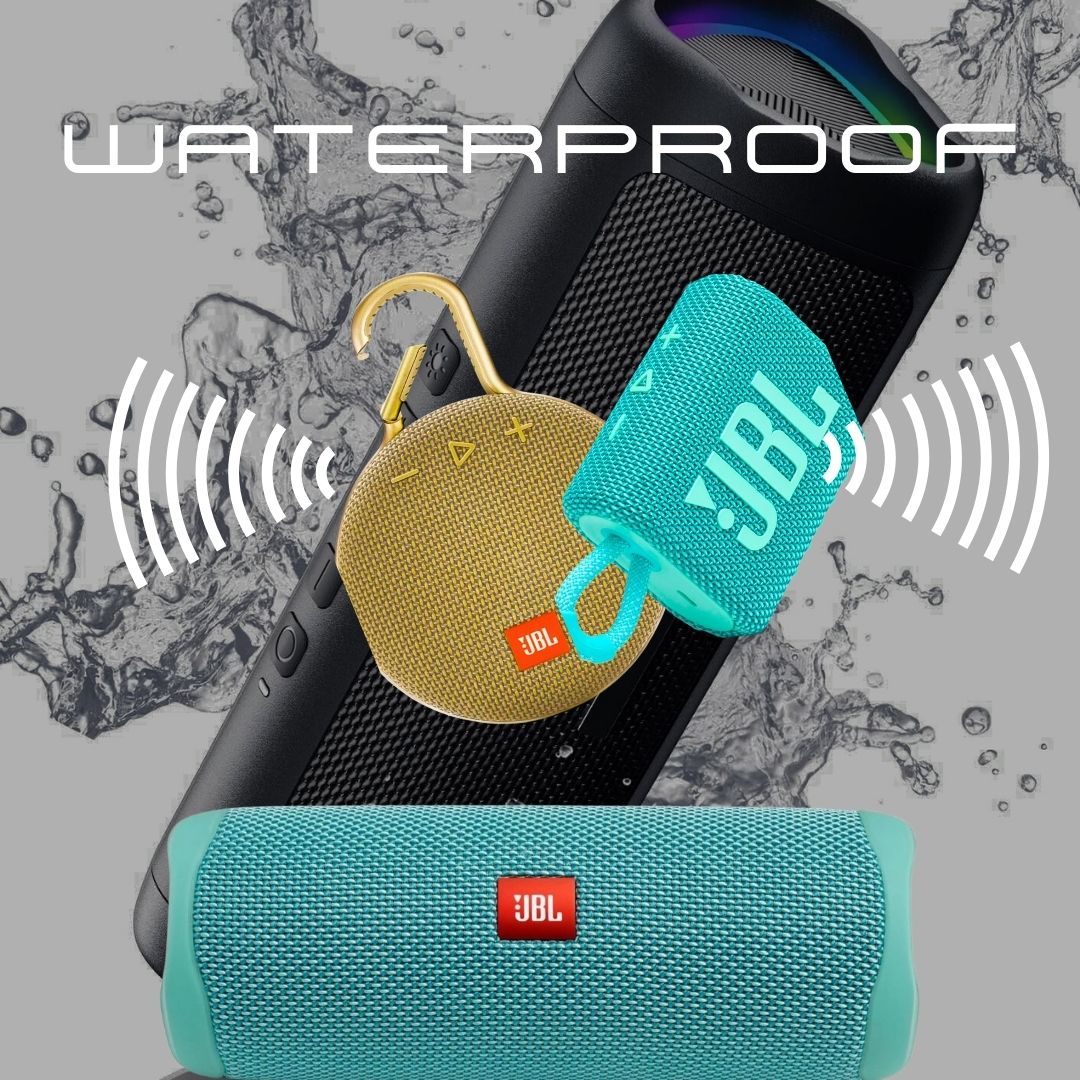How Does A Bluetooth Speaker Work – The Ultimate Guide
How does a Bluetooth speaker work? That’s the question I was shouting into my microwave this morning, hoping it would answer back. Spoiler alert: it didn’t. But you know what did help? Actual research. (And coffee. Lots of coffee.)
If you’ve ever casually tossed a tiny speaker across the room, hit a few buttons, and – poof – your favorite song started playing wirelessly, you’ve probably thought: “Wait. How does a Bluetooth speaker work? Is there some kind of musical fairy trapped inside?”
Stick around, because by the end of this, you’ll not only understand how does a Bluetooth speaker work, but you’ll also be able to explain it to your grandma, your toddler, or that one friend who still thinks Bluetooth is a dental condition.
How Does a Bluetooth Speaker Work?
At its core, how does a Bluetooth speaker work? It’s all about wireless communication using radio waves. No, not the kind that blares classic rock from your dusty AM/FM radio, but a super short-range, low-power form of communication specifically designed for devices to “talk” to each other.
Here’s the step-by-step, from coffee-spilling simple to Einstein-approved:
- Pairing: Your phone (or other device) and the Bluetooth speaker use short-range radio signals to find each other, much like two introverts bonding over a shared dislike for small talk.
- Connection: Once paired, they form a private network where they can exchange information – this information being your favorite playlist, podcast, or that epic white noise video you fall asleep to.
- Data Transmission: The phone compresses the audio file and shoots it over via Bluetooth frequencies (typically 2.4 GHz). Think of it as tossing a frisbee across a backyard – fast and wireless.
- Decoding and Amplification: Inside the speaker, tiny but mighty components decode the compressed audio signal and amplify it, using an internal amplifier, to push sound through its speaker drivers.
- Vibrations to Sound: The speaker’s driver vibrates, moving air in waves. Those waves? That’s what hits your eardrum and makes you tap your foot, bust a move, or lip-sync dramatically in your living room.
That’s the entire “abracadabra” behind how does a Bluetooth speaker work. No magic wands. Just a ton of clever engineering.
LEARN How to Use JBL Speakers
How to Connect Bluetooth Speaker: Simple Enough for a Toddler (Almost)
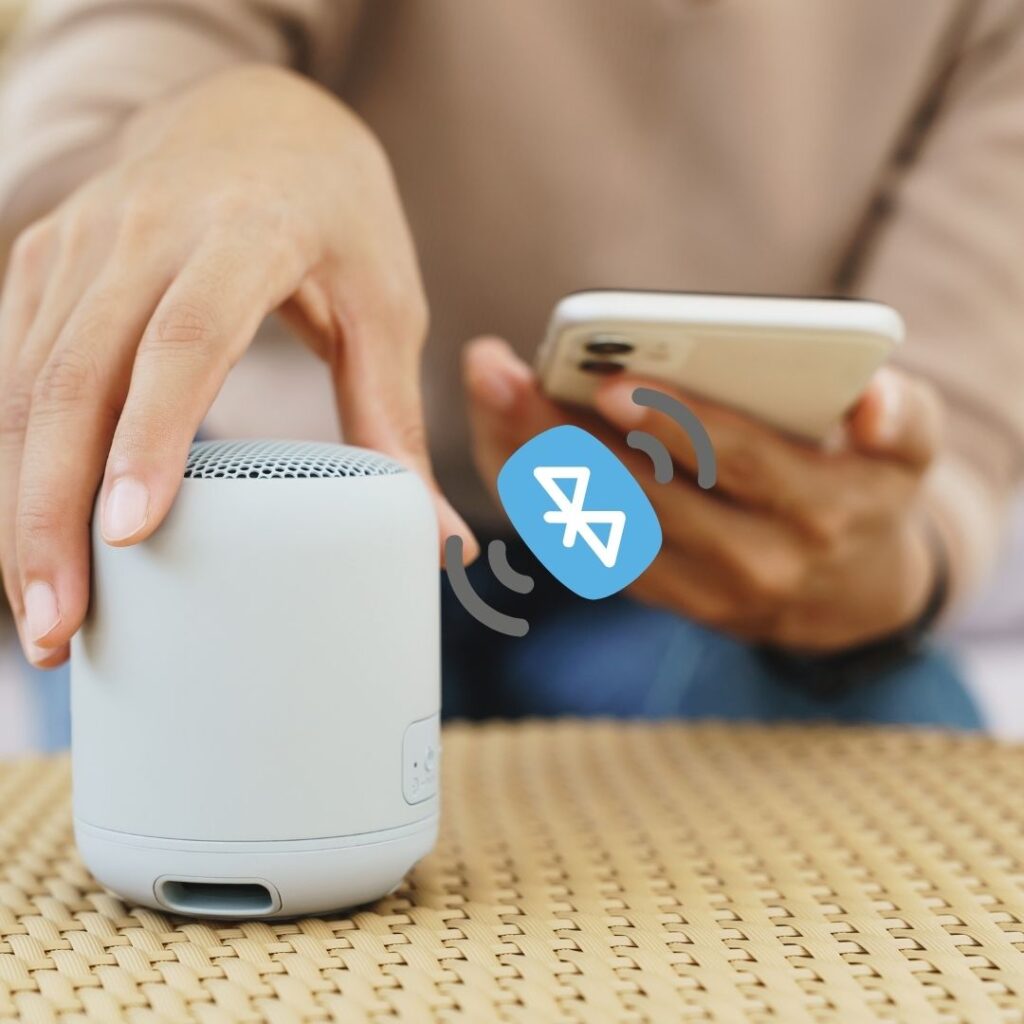
Alright, now that you know how does a Bluetooth speaker work, let’s master how to connect Bluetooth speaker without throwing it across the room in frustration.
Step-by-Step Guide:
- Turn it On: Most Bluetooth speakers have a dedicated power button. Some make cute little sounds or light up like mini UFOs when ready.
- Enable Pairing Mode: Press and hold the Bluetooth button (sometimes marked with the funky “B” logo). This tells the speaker it’s ready to connect.
- Grab Your Phone or Device: Open your Bluetooth settings.
- Find the Speaker Name: It’ll pop up as something like “JBL_Charge5” or “Awesome_Speaker_3000.”
- Tap to Connect: Once paired, they’ll remember each other forever – or until you unpair them dramatically like a breakup text.
And that’s how to connect Bluetooth speaker – easy enough that even your dog could accidentally do it by stepping on your phone.
READ ALSO: What Is The Loudest JBL Speaker
How does a Bluetooth speaker work with my phone?
When you pair your phone with a Bluetooth speaker, they start talking to each other wirelessly using Bluetooth signals — tiny invisible waves that carry information through the air.
Here’s what happens:
- Your phone sends your music (as little digital files) to the speaker.
- The speaker catches the files, turns them back into music, and plays the sound out loud.
It’s basically like your phone is whispering the music into the speaker’s ear, and the speaker shouts it out for everyone to hear — all without any messy wires!
What is a Bluetooth speaker used for?
A Bluetooth speaker is used to play music, podcasts, videos, or any audio out loud, without needing cables or plugging into anything!
You can use a Bluetooth speaker for:
- Jamming at the beach or pool
- Lounging at home
- Hosting parties
- Playing music outdoors while hiking, camping, or picnicking
- Listening to audiobooks while cooking or cleaning
Basically, anytime you want bigger, better, wireless sound, a Bluetooth speaker is your best buddy.
How do Bluetooth speakers work with TV?
Many modern TVs have Bluetooth built in.
Here’s how it works:
- You put your Bluetooth speaker into “pairing mode” (usually holding down a button until it flashes).
- On your TV, you go into Settings ➡ Bluetooth ➡ Find your speaker ➡ Connect.
- Your TV now sends the sound (from Netflix, sports, gaming, whatever) wirelessly to the speaker.
It’s like the TV is using an invisible bridge to deliver all the sounds right into the speaker — super clean, super easy!
READ ALSO: How To Waterproof Speakers
Note:
If your TV doesn’t have Bluetooth, you can still use a Bluetooth transmitter that plugs into the TV’s audio output.
How to connect Bluetooth speaker to Android phone
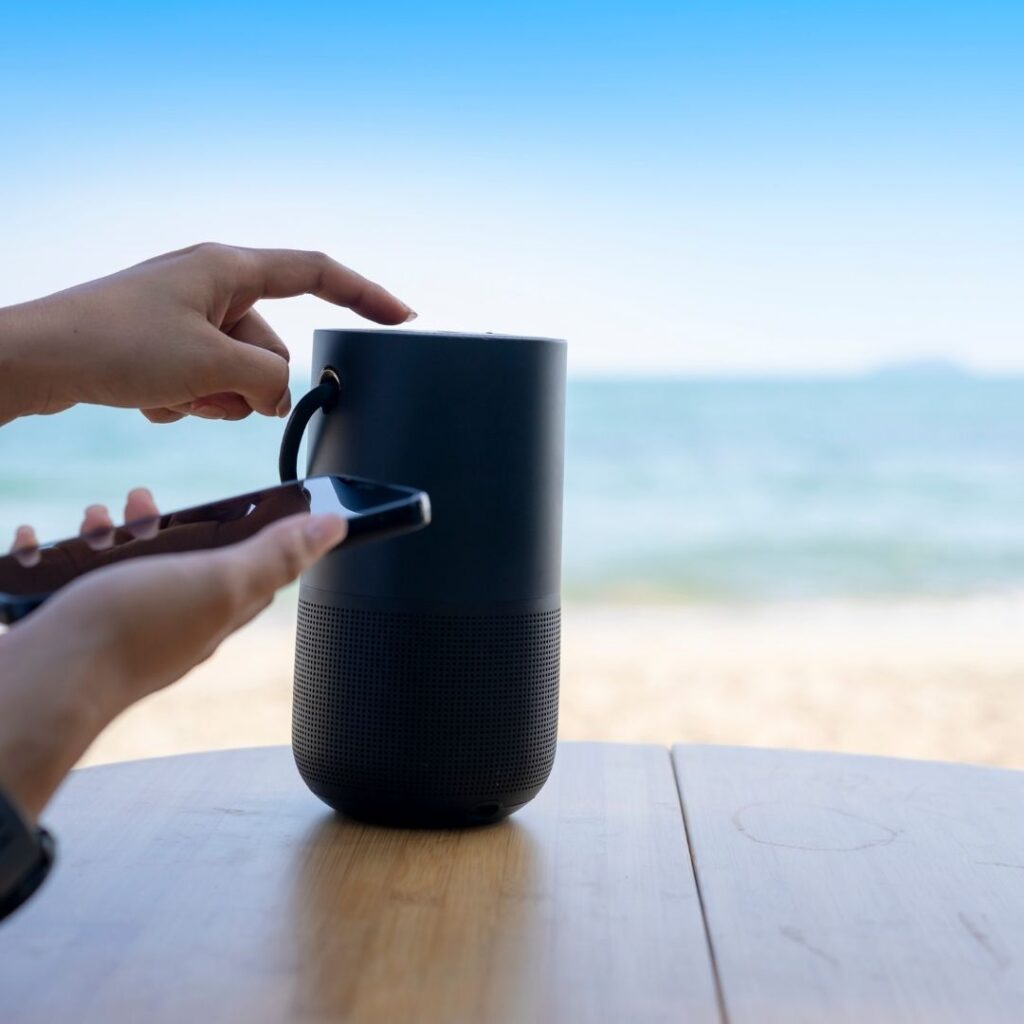
Connecting your Bluetooth speaker to an Android phone is a piece of cake:
- Turn on your Bluetooth speaker and put it in pairing mode (look for blinking lights).
- Open your Android phone’s Settings app.
- Tap Bluetooth.
- Make sure Bluetooth is turned ON.
- Look for your speaker’s name under “Available Devices” and tap it.
- Boom — Connected!
Now every beep, song, and TikTok will blast from your speaker instead of your tiny phone speakers.
How to connect a Bluetooth speaker to iPhone
Here’s the iPhone method (super similar to Android but a tiny bit shinier:
- Turn on your Bluetooth speaker and activate pairing mode.
- Open Settings on your iPhone.
- Tap Bluetooth.
- Turn Bluetooth ON (if it’s off).
- Wait a few seconds — your speaker’s name should pop up under “Other Devices.”
- Tap your speaker’s name and wait for “Connected” to appear.
And just like that, your iPhone and speaker become best friends!
How do wireless speakers work with a receiver?
If you’re setting up a fancy home theater or sound system, this part is cool:
- A wireless receiver connects to your TV, stereo, or sound source using a cable.
- The receiver then broadcasts the sound to your wireless speakers using Bluetooth, Wi-Fi, or radio waves.
- Your speakers pick up that broadcast and turn it into real, beautiful sound!
It’s like walkie-talkies but way more musical — the receiver says “Play this sound!” and the speakers say “Got it, boss!”
How to Connect Speaker with Bluetooth (Because English is Weird Sometimes)
If you’re wondering how to connect speaker with Bluetooth, you’re not alone. Slightly different wording, same game plan.
But here’s a nugget most people don’t know:
- Some speakers need apps to connect (especially fancy ones with light shows and bass boost modes).
- Others require firmware updates first for better performance.
So, while the basic method is the same as above, always check your speaker’s manual or search “[your speaker model] Bluetooth pairing” if it’s acting like it’s playing hard to get.
Knowing how to connect speaker with Bluetooth properly can make a huge difference in audio quality and connection stability.
How Does a Speaker Work: Not Just Bluetooth – ALL Speakers
Before Bluetooth, there were regular speakers. So, let’s hit pause and cover how does a speaker work in general.
Simple explanation for your inner 4-year-old:
- A speaker has an electromagnet (a wire wrapped around a metal core).
- When an electrical signal (aka, music) hits it, the magnet moves back and forth.
- This movement pushes a flexible cone (the speaker diaphragm) in and out.
- That movement creates air vibrations.
- Air vibrations = sound waves = music to your ears.
Bluetooth speakers work the same way but just get their input wirelessly rather than through a cord plugged into a cassette player your parents still own.
So, when you hear that thumping bass, just remember: it’s all vibrations, baby.
Connect to the Bluetooth Speaker: What Happens Behind the Scenes?
When you hit “connect to the Bluetooth speaker” on your device, a whole geeky party starts in the background:
- Authentication: Your device and the speaker swap secret handshakes (technically called security keys).
- Profile Matching: They make sure they “speak the same language” (using Bluetooth audio profiles like A2DP).
- Data Streaming: Your audio files are compressed (using codecs like SBC, AAC, or aptX) and streamed across the connection.
- Error Correction: If the signal gets a little wobbly (thanks, microwave interference!), Bluetooth tech auto-corrects minor data glitches.
So next time you connect to the Bluetooth speaker, give a little nod to the invisible geniuses working tirelessly inside your gadgets.
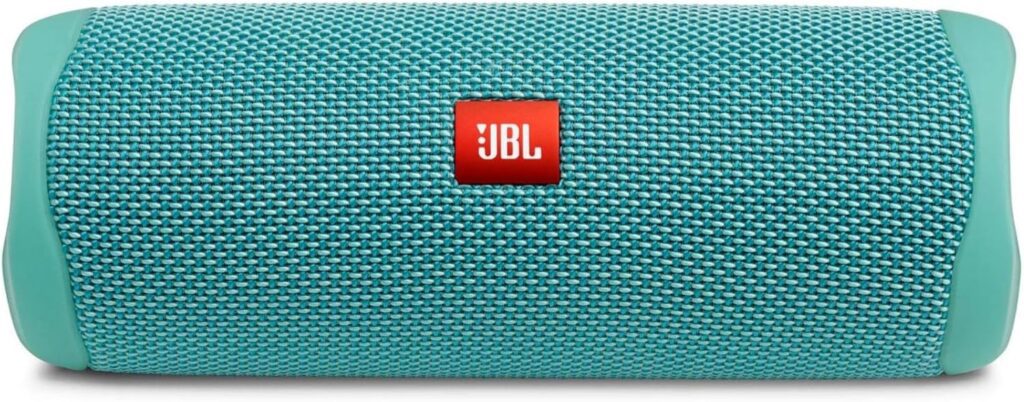
Wireless Speakers Bluetooth vs WiFi: Which One’s Better?
This is the age-old battle: wireless speakers Bluetooth vs WiFi.
Here’s the deal:
| Feature | Bluetooth | WiFi |
| Range | 30–100 feet | Whole house (depends on router) |
| Sound Quality | Good (compressed) | Better (lossless) |
| Setup | Easy | Requires network |
| Battery | Portable | Needs power |
| Use Case | On-the-go | Home systems |
Wireless speakers Bluetooth vs WiFi often comes down to how you live:
- Need portability for beach days? Bluetooth is your bestie.
- Want hi-res audio and multi-room setups? WiFi flexes harder.
Speaking of beach days, if you’re in the market, you might want to check out the best bluetooth speakers for beach and pool. Trust me, waterproofing is NOT optional when margaritas are involved.
Why Your Bluetooth Speaker Sometimes Acts Like It’s Had Too Much Coffee
Ever notice your speaker stuttering or disconnecting randomly? It’s not broken; it’s battling interference!
Bluetooth uses the same frequency range as WiFi, microwaves, cordless phones, baby monitors – basically every gadget you own. If signals get crowded, your speaker might start dropping beats…literally.
Quick Fixes:
- Move closer to the speaker.
- Turn off unused Bluetooth devices.
- Update your speaker’s firmware if available.
How Far Can a Bluetooth Speaker Work Without Losing Connection?
Normally, most Bluetooth speakers promise about 30 feet (10 meters). That’s about three adult giraffes stacked end-to-end (if you were wondering).
However:
- Older Bluetooth Versions (2.0, 3.0): Shorter range, more issues.
- Modern Bluetooth 5.0+: Up to 100 feet (30 meters) with better stability.
Still, walls, metal objects, and even human bodies can block signals. So, if your speaker stops mid-chorus because you danced into another room, don’t take it personally.
Future of Bluetooth Speakers
Because humans are never satisfied, Bluetooth is evolving like a Marvel superhero.
Newer versions (like Bluetooth LE Audio) are rolling out:
- Lower energy use (longer battery life)
- Higher audio quality
- Multi-device connection (your speaker can party with two phones at once)
The future of how does a Bluetooth speaker work will involve better sound, more range, and less charging hassle. Aka, living the dream.
Common Myths About Bluetooth Speakers
Let’s clear up a few misconceptions floating around:
- Myth: Bluetooth is unsafe.
Truth: Bluetooth has multiple encryption layers. It’s safer than you think. - Myth: Bluetooth sounds terrible.
Truth: With codecs like aptX and LDAC, many Bluetooth speakers rival wired ones. - Myth: Bluetooth doesn’t work outdoors.
Truth: As long as you’re within range (30–50 feet), it works great — beach days included.
Knowing how does a Bluetooth speaker work helps you see past myths and shop smarter.
The Bottom Line on How Does A Bluetooth Speaker Work
Now you know exactly how does a Bluetooth speaker work: radio waves, fancy microchips, and a lot of clever science packed into a portable box.
